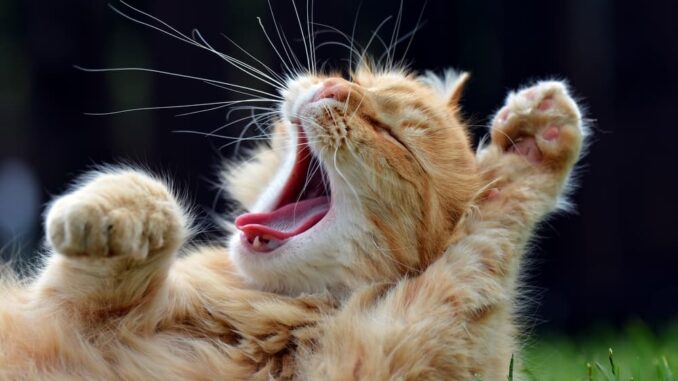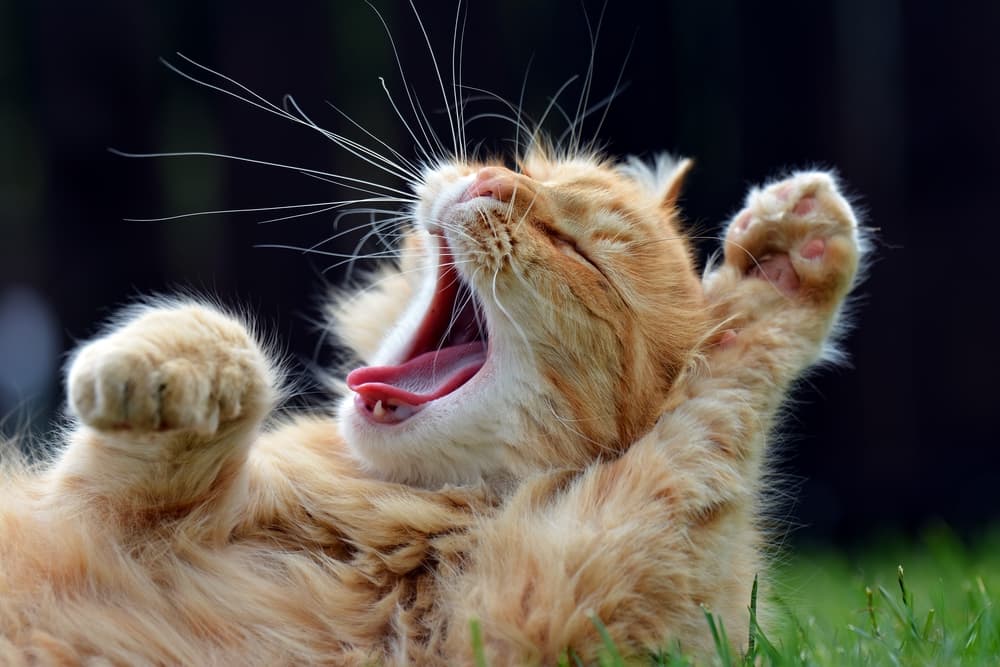
It would seem that the bird flu is a very clever disease, it is able to spread to cows, pigs, dogs…and now cats!
Scientists claim that that, like pigs, cats are a ‘mixing vessel’ that could enable H5N1 bird flu to mutate and spread to humans.
These so call experts have long regarded pigs as one of the greatest zoonotic threats to public health because their cells allow viruses to mix and mutate, thus creating new strains capable of causing human pandemics.

BYPASS THE CENSORS
Sign up to get unfiltered news delivered straight to your inbox.
You can unsubscribe any time. By subscribing you agree to our Terms of Use
Latest Video
The Telegraph reports: This is how the 2008/09 H1N1 swine flu pandemic started and it is suspected that pigs in Haskell country, Kansas may have triggered the 1918 Spanish Flu pandemic which is estimated to have killed between 50 and 100 million people.
The British government recently announced that it had procured five million doses of an H5 vaccine, in case the virus starts to spread between humans, something that could trigger a pandemic.
Now a new study suggests that pet cats could be just as dangerous – and could provide the bridge that allows H5N1 bird flu to mutate and jump to humans.
The study, published last week in the academic journal Emerging Microbes & Infections, found that cats, like pigs, had cellular receptors which allow them to act as “mixing vessels for reassortment of avian and mammalian influenza viruses”.
Further, cats which had recently died of H5N1 bird flu were found to have “unique mutations” suggestive of “potential virus adaptation”.
“The continued exposure, viral circulation, and adaptation of the H5N1 virus in cats raise significant concerns for transmission and public health,” concluded the study’s authors from the University of Pittsburgh.
Cats, they added, frequently interact with humans and other species and could therefore “serve as a bridge for cross-species transmission of H5N1 viruses”.
A pandemic of avian H5N1 has killed millions of birds around the world in recent years and has been detected in more than 21 mammalian species, including foxes, skunks, sea lions, mink, dolphins, raccoon dogs, seals and mice.
Most recently, more than 846 cattle herds across 16 states in the US have been hit, interrupting milk supplies and causing experts to warn that the virus is getting ever closer to humans.
A total of 53 cats are known to have been infected as the virus has swept through US farms and the ‘Tom and Jerry’ nature of their role would be amusing if it were not so serious.
In Texas, for example, 24 cats became infected with H5N1 after drinking raw milk from barnyard floors where sick cattle were being kept.
And, in August, three indoor cats in Colorado caught the virus, with experts suggesting they may have picked it up hunting mice infected from nearby farms that had subsequently got into the house.
As part of the new study, researchers conducted postmortems on 10 cats, one of which was just a six-month-old kitten, which died of H5N1 in South Dakota after consuming the remains of dead birds in April this year.
Samples taken from their brains, lungs, and stomachs found their cells had receptors which, like pigs, meant they were susceptible to both mammalian and avian forms of influenza.
“Infected cats develop systemic infections and shed the virus through both respiratory and digestive tracts, potentially creating multiple routes of exposure to humans”, says the study.
“Furthermore, the ability of the virus to persist and adapt in mammalian hosts heightens the risk of evolving into strains with increased transmissibility, posing an emerging zoonotic threat with profound public health implications”.
